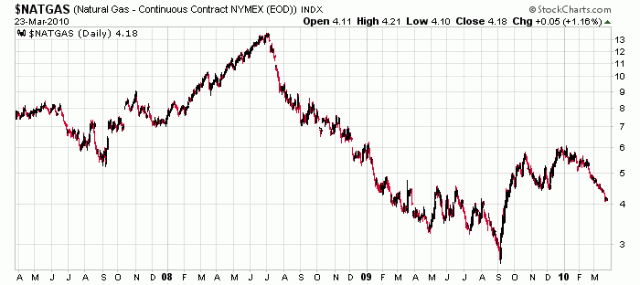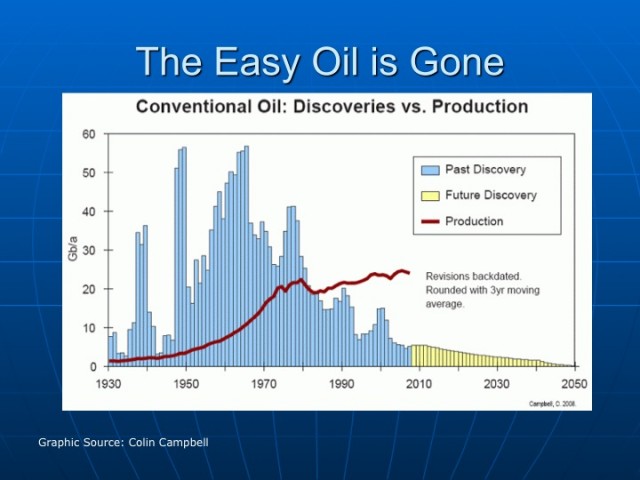Anybody investing in oil should know the fundamentals of how the oil is extract out of the ground. The traditional (called conventional) method is used in places like Saudi Arabia – sticking a tube in a strategically-located position in the ground and sucking up the contents.
Steam-Assisted Gravity Drainage was an invention that has lead to the opening up of oil reserves that otherwise would have been inaccessible. There are quite a few companies in the Alberta area that use this to mine oil. A very basic example of how this works is on Cenovus’ website, which is semi-education and semi-corporate propoganda.
Cenovus used to be part of Encana, Canada’s largest natural gas producing company. They split off last year.
The other form of mining, taking tar sands (bitumen) from the surface and processing the material, is done by companies such as Suncor, and generally give the industry a perception of being environmentally damaging.
As the price of oil continues to increase, alternative methods become increasingly economical and it is well worth it for an investor to educate themselves on the processes used to extract energy from the earth.

